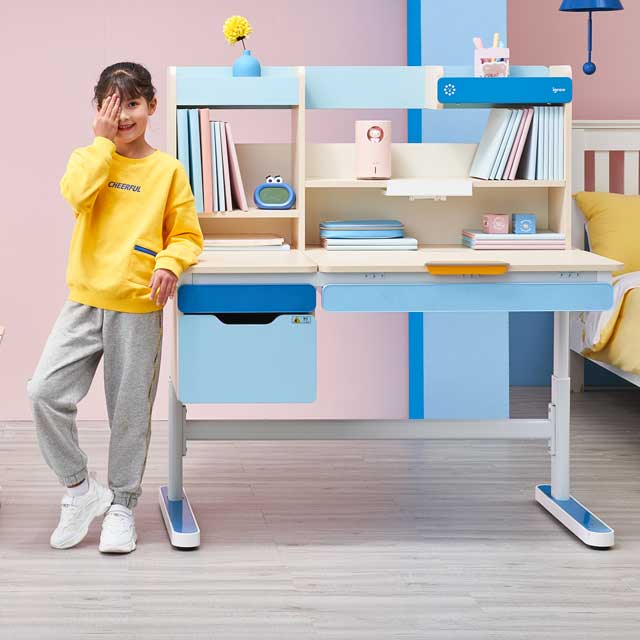For anyone taking long-term medication or using oral contraceptives, unit-dose packaging is as old as oral contraceptive technology. But for those lab workers who frequently use fragile genetic testing data to detect key pathogens, this concept is as sudden and surprising as the discovery of gravity.
However, gravity is also part of the business of Cepheid, based in Sunnyvale, California. The company is committed to producing a wide range of liquid reagents for its genetic analysis system. The laboratory uses these systems to quickly test pathogens, including anthrax, avian flu, and cancer. Obviously, whether or not rapid results can be achieved will affect the timely saving of lives.
To increase the efficiency of the system, Cepheid has developed a patented sublimation dehydration technique that freeze-drys reagents to 2.6 mm pellets. These expensive balls are then placed in bottles or test tubes for liquids, and then removed by technicians in the lab using tweezers when needed. According to Ceph
Ron Chang of eid told the author that this also brought with it a thorny problem: these balls are very fragile and prone to static problems. He said: "These balls are very easy to get punctured. They must be separated, stored and transferred under special conditions." These balls are similar to styrene foam balls and are expensive in all aspects. One can reach a price of 50 dollars. But also consider the pollution or accident that may result from premature rupture before putting it into water.
Chang found bioDesign with this question (213/949-9217). To design a novel container for storing and dispensing small balls without the use of tweezers or other tools, Steven Montgomery, biodesign's director, worked hard to find a solution that was satisfactory to Cepheid and was easily accessible to lab technicians. Packaging solutions.
The solution first used a patented rigid porous antistatic tape (originally developed to house microchips), which was then mounted in a regular ring for loading balls. The outer transparent shell assembly is made of polycarbonate and acrylonitrile fibers sandwiching the beads. There is a one-way gear at the 1 o'clock position. Rotate the gear counterclockwise to rotate the endless belt clockwise.
The rest is done by gravity. There is a conical hole at the 6 o'clock position, from which the ball can quickly roll out. Its outlet is protected by a clean clip that prevents contamination and seals the outlet after it has fallen into the container used. There are a total of 20 numbered positions in the ring, each with an empty pouch, so that the ball will not fall into the hole beforehand.
This dispenser manufactured by Pacific Plastics Engineering has a small dry pad made by Multisorb Technologies in its center position to prevent moisture-absorbing beads from getting wet.
The front and back pressure-sensitive labels are made using 3 mil matt white PP film, a durable adhesive, and a 40# kraft liner. The surface is lithographically printed in three PMS colors and has a UV glossy finish. Originally produced by the WS Packaging Group, it is now manufactured by *Best Label. The entire container, called the Cepheid SmartBeads(TM) dispenser, has a very compact appearance and measures 2 3/4 x 3 3/4 inches.
BioDesign's Montgomery recalled: “At the beginning, we also considered development of a distributor that can be recycled from various aspects, but local and federal government regulations require that laboratory consumables must be destroyed as potential biological hazards in order to serve as users. It also creates a better environment for safety and happiness in the community.â€
Even so, Cepheid's Chang still pointed out that despite the use of disposable packaging, the components of the dispenser are made from two reproducible polymers, which is in full compliance with the corresponding standards.
According to Chang, the product has achieved great success both in the company and in the lab. He said: "Since it was adopted in February, it has been used in more than forty of our reagent products. I have never seen any products that have become so popular in such a short time."
"Lab technicians soon mastered the use of this dispenser and made them wonder that this kind of dispenser doesn't incur any extra cost. In fact, the cost of this dispenser was before us. Packaging is simply a matter of comparison, but this dispenser has a better appearance and its own other advantages."
Chang pointed out that in addition to being able to dispense pellets accurately, stably, and without causing any waste, this container also makes it easier to use Cepheid's wide range of reagent pellets. He said: "People don't usually like to read tags, so we have designed different color codes for each tag to help technicians find exactly what they need."
He also revealed that the only problem the technicians had with the new dispenser was, "Can't we really keep it?"
Source: Packaging Expo
The study table on the market can adjust the height of the table according to the height of the child. The study table is an essential tool for children to do homework. For example, there is a great and handsome study table on the market. The function is intelligent lifting and lowering, and the desktop can be folded. , When a person sits in front of the table, they naturally enter the concave table top, and the two arms droop naturally. Because the two elbows are supported by the concave plate, the body naturally does not lean forward, which effectively solves the shortcomings of lying on the stomach to write and study. When shopping for a Study Desk, be sure to keep these must-have features in mind. The focus of the study table is to correct the sitting posture and prevent myopia, which is a foldable study table with a concave table top.

Space-saving children's table,A space-saving study table,Space-saving Desk with drawers,Children's learning table
Igrow Technology Co.,LTD , https://www.szigrowdesks.com